Charming Spider Plant – Chlorophytum Comosum (Small)
₹30.00 – ₹80.00Price range: ₹30.00 through ₹80.00
Charming Spider Plant is the most popular house plant which can add beauty to your house and office interiors and outdoors. It is apt for living room, balcony, and windowsill on a tabletop or hanging basket.
- Easy to grow
- Low maintenance plant
- Air Purifier
- Non-toxic
- Height: 13 to 18 cm
Pack: Plant with Plastic Pot (Picture shown here is for reference only, pot colour may vary)
Charming Spider Plant – Chlorophytum Comosum Variegatum is the most popular house plant. It has shorter bright green leaves with cream lines on the edges of the leaves. They arch backwards to form a fountain-like structure. These plants are easy to grow, rapidly growing, at the same time able to thrive in all difficult conditions. Most importantly, this comes under Air Purifying plants, scientifically proven by NASA in Clean Air Study. You can plant deeply into compost and when rooted the stems can cut and you will get another plant to gift your dear ones. This plant needs very little care as you can just place in a bright spot, pour some water, and watch it grow. This plant needs water freely when it grows, but keep it dry when the winter comes.
Bring home this charming Spider Plant – Chlorophytum Comosum Variegatum, it can add beauty to your house and office interiors.
Scientific name: Chlorophytum Comosum Variegatum
Common name: Spider plant, Airplane plant, St. Bernard’s lily, spider ivy and Ribbon plant
Family: Asparagaceae
Native Distribution: South Africa
Benefits: Ornamental plant and Air purifier. NASA Clean Air Study reports Spider plants to have the capacity to remove toxins from the air such as FORMALDEHYDE, XYLENE, AND TOLUENE
Charming Chlorophytum Cosmosum Plant care
Keep the plant where bright indirect sunlight receives
- Light: Semi-Shade
- Soil: Well-Drained Soils
- Water: Moderate Water
- Temperature: 70-90 Degree Fahrenheit
- Fertilizer: Fertilize with an organic fertilizer twice a month
- Toxicity: Non-toxic to pets
- Propagation: These plants naturally send out multiple runners (plant babies) from the mother plant with white, star-shaped flowers become little plants dangling from the end. In the wild, these little spider plant babies come in contact with the soil, sink their roots and take off on their own.
Life Stage
Lifespan: Perennial
Mode of Nutrition: Autotrophic
Plant Shape: Shrubby
Plant Size: 60 cm in high
Flower Colours: White, star-shaped flowers are produced on a thin inflorescence stalk which hangs down. Plantlets also form along this stalk.
| Weight | 500 g |
|---|---|
| Size | Medium, Small |
Be the first to review “Charming Spider Plant – Chlorophytum Comosum (Small)” Cancel reply
You must be logged in to post a review.
This site uses Akismet to reduce spam. Learn how your comment data is processed.
You may also like…
Climbers
Feng Shui Plants
Related products
Feng Shui Plants
Foliage Plants

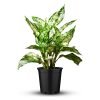



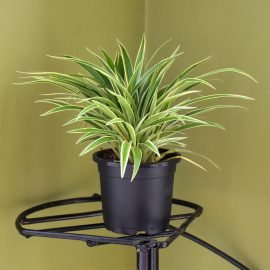
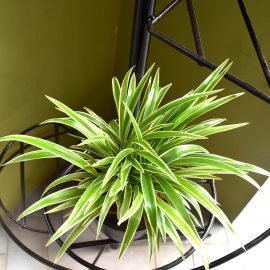
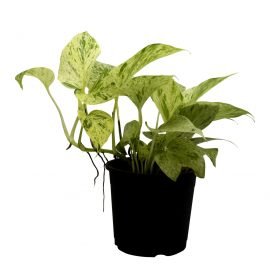
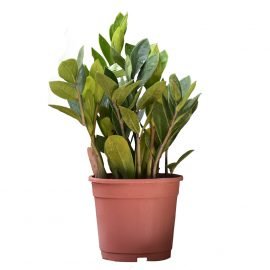
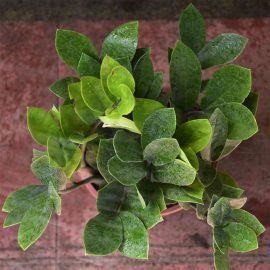
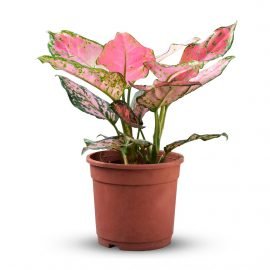
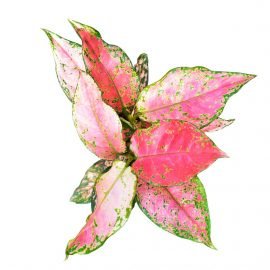


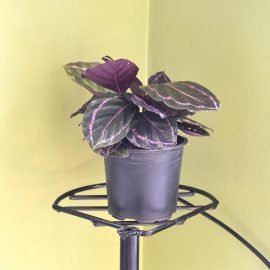
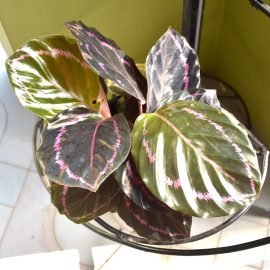

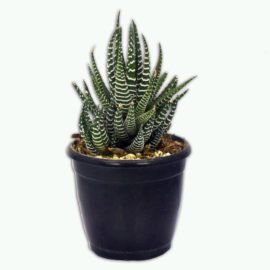


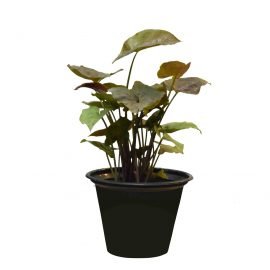
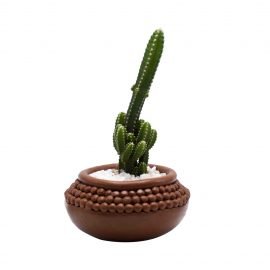
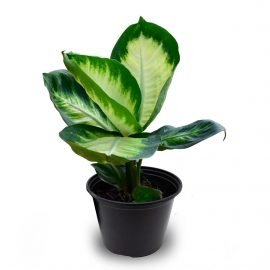

Reviews
There are no reviews yet.